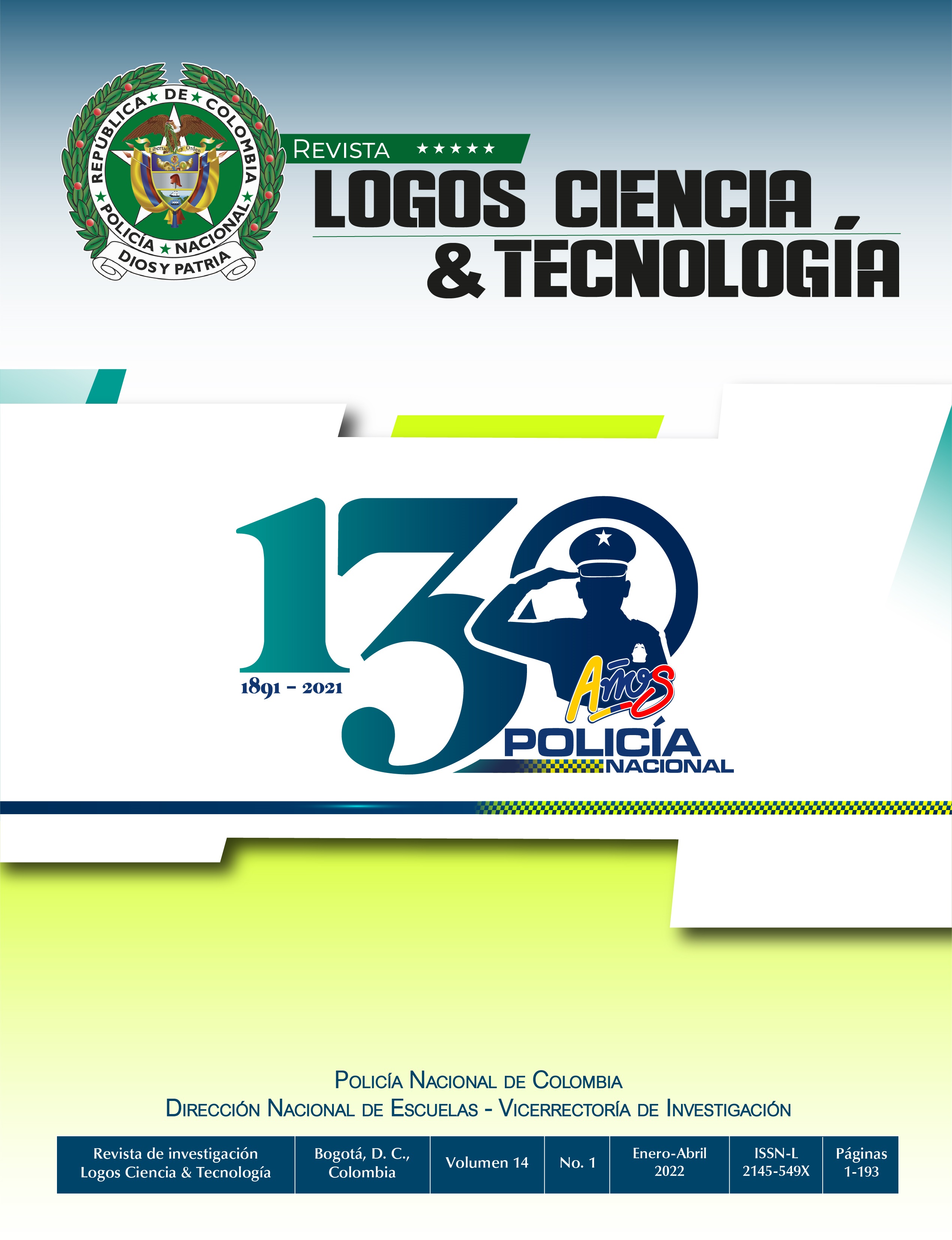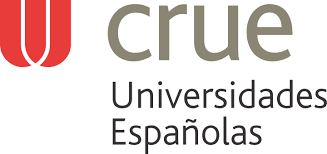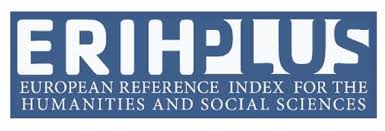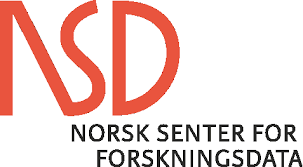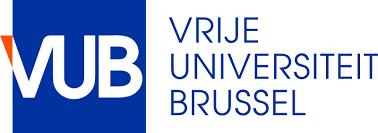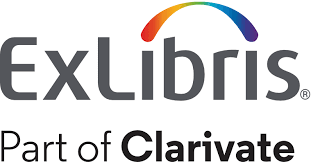Inclusion of sustainable concretes in compliance with Resolution 0472 of 2017 and the decrease in emissions from the Colombian building sector: Analysis of Materials
DOI:
https://doi.org/10.22335/rlct.v14i1.1510Keywords:
Construction and demolition waste (CDW), sustainable concrete, carbon footprint, sustainable construction, constructive life cycle, greenhouse gases (GHG)Abstract
It is now recognized that the construction sector is one of the main generators of construction and demolition waste (CDW) and emissions of greenhouse gases (GHG) emission worldwide. Although at national level there is Resolution 0472 of 2017 to carry out proper management of the CDW, it is important to analyze the influence of compliance with this standard in the generation and possible reduction of (GHG). For this reason, the present research aims to technically assess the relationship between policy management component CDW (Resolution 472, 2017) and reducing the carbon footprint in the first phase of the construction cycle, stablishing a case study a high-rise building located in the city of Medellin. For this purpose, four scenarios of compliance with the Environmental Management Program (EMP) were proposed, based on different concrete mix designs of 24 MPa of compressive strength, also evaluating the carbon footprint of each scenario. Concrete mix designs presented the inclusion of superplasticizer additives, partial substitutions of cement for fly ash and / or partial substitutions of virgin aggregates for recycled aggregates. The results showed that in order to comply with the CDW regulations, the partial replacement of virgin aggregates with recycled aggregates is strategic (scenario 3), but for the reduction in the carbon footprint, the partial replacement of cement with fly ash, including superplasticizer admixtures, is important (scenario 2). Therefore, the stage 4 which links all the above strategies has high percentages of compliance with regulations (17.2 % versus 11.3 % of the baseline scenario) and a reduction in carbon footprint (338.1 kg CO2/m2 versus 438.1 kg CO2/m2 of the baseline scenario).
Downloads
References
Abd Rashid, A. F., & Yusoff, S. (2015). A review of life cycle assessment method for building industry. Renewable and Sustainable Energy Reviews, 45, 244–248. https://doi.org/10.1016/j.rser.2015.01.043
ANDI. (2020). Produccion mensual acero crudo y largos a Noviembre 2019 con importaciones a Septiembre 2019. http://www.andi.com.co/Uploads/6 Produccion mensual acero crudo y largos a Noviembre 2019 con importaciones a Septiembre 2019.pdf
Área metropolitana del Valle de Aburrá, Camacol Antioquia, & One Planet build with care - UNEP. (2018). Implementación de la Política Pública de Construcción Sostenible. https://www.metropol.gov.co/SiteAssets/Paginas/Noticias/conoce-mas-sobre-la-politica-publica-de-construccion-sostenible-del-valle-de-aburra/Implementación_Política_Pública_Construcción_Sostenible_Valle_de_Aburrá_2019.pdf
ARGOS. (2019). Integrated Report.
CEMEX. (2019). Integrated Report.
Cho, S. H., & Chae, C. U. (2016). A study on life cycle CO2 emissions of low-carbon building in South Korea. Sustainability (Switzerland), 8(6), 1–19. https://doi.org/10.3390/su8060579
Ecoinvent. (2013). Bases de datos versión 3.01.
García Arbeláez, C., Vallejo López, G., Higgins, M. Lou, & Escobar, E. M. (2016). EL Acuerdo de París. Así actuará Colombia frente al cambio climático.
Gobierno de Colombia. (2020). Actualización de la Contribución Determinada a Nivel Nacional de Colombia (NDC). https://www4.unfccc.int/sites/ndcstaging/PublishedDocuments/Colombia First/NDC actualizada de Colombia.pdf
Hasanbeigi, A. (2021). Global Cement Industry’s GHG Emissions. Global Efficiency Intelligence, LLC. https://www.globalefficiencyintel.com/new-blog/2021/global-cement-industry-ghg-emissions
Ministerio de Ambiente y Desarrollo Sostenible. (2017). RESOLUCION 0472 DE 2017.
Nazari, A., & Sanjayan, J. G. (2017). Handbook of Low Carbon Concrete (Joe Hayton (ed.); 1st ed.). Elsevier.
Pardo, N., Penagos, G., González, A., & Botero, A. (2017). Calculation of greenhouse gases in the construction sector in the Aburrá Valley, Colombia. Proceedings of 33rd PLEA International Conference: Design to Thrive, PLEA 2017, 1, 932–939.
PVG Arquitectos. (2018). Información interna de investigación.
Salazar Jaramillo, A. (2012). Determinación de propiedades físicas y estimación del consumo energético en la producción, de acero, concreto, vidrio, ladrillo y otros materiales, entre ellos los alternativos y otros de uso no tradicional, utilizados en la construcción de edificaciones.
Seo, M. S., Kim, T., Hong, G., & Kim, H. (2016). On-Site measurements of CO2 emissions during the construction phase of a building complex. Energies, 9(8), 1–13. https://doi.org/10.3390/en9080599
SIKA. (2017). Concreto. Aditivos para Concreto.
Sinha, R., Lennartsson, M., & Frostell, B. (2016). Environmental footprint assessment of building structures: A comparative study. Building and Environment, 104, 162–171. https://doi.org/10.1016/j.buildenv.2016.05.012
Tam, V. W. Y., Le, K. N., & Shen, L. (2016). Life Cycle Assessment on Green Building Implementation (V. W. Y. Tam, K. N. Le, & L. Shen (eds.); 1st ed., Vol. 1). Shu-Kun Lin.
UPME, & SIEL. (2020). Estadísticas y variables de generación. http://www.siel.gov.co/Inicio/Generación/Estadísticasyvariablesdegeneración/tabid/115/Default.aspx
Wu, X., Peng, B., & Lin, B. (2017). A Dynamic Life Cycle Carbon Emission Assessment on Green and Non-Green Buildings in China. Energy and Buildings, 149, 272–281. https://doi.org/10.1016/j.enbuild.2017.05.041
Downloads
Published
Issue
Section
License
Copyright (c) 2021 Revista Logos Ciencia & Tecnología

This work is licensed under a Creative Commons Attribution 4.0 International License.
This journal provides free and immediate access to its content (https://creativecommons.org/licenses/by/4.0/legalcode#languages), under the principle that making research available to the public free of charge supports greater global knowledge exchange. This means that the authors transfer the Copyrights to the journal, so that the material can be copied and distributed by any means, as long as the authors’ recognition is maintained, and the articles are not commercially used or modified in any way.
